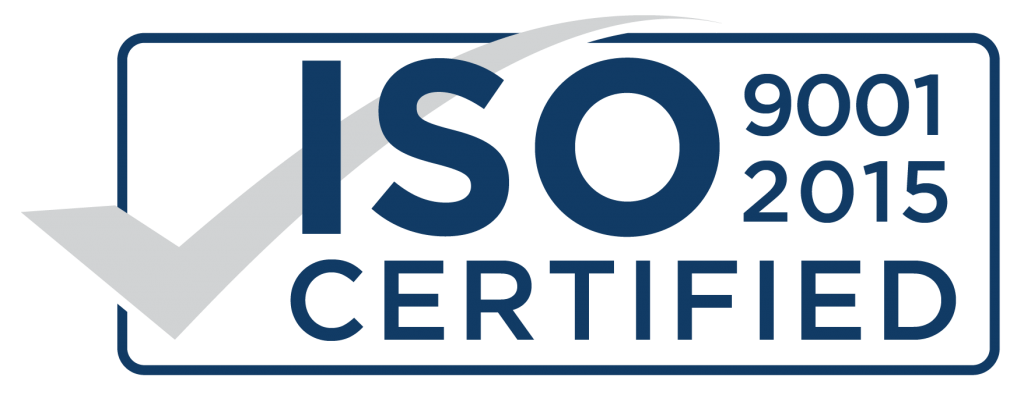MOLECULAR BIOLOGY
EXPRESSION VECTOR:-

An expression vector is defined as the plasmid that is used to introduce a specific gene into a target cell. These are the plasmids that carry cargo i.e., insert DNA into cells and allow the cargo DNA to be expressed efficiently. The plasmid is engineered regularly to contain regulatory sequences that act as enhancer and promoter regions and lead to efficient transcription of the gene carried on the expression vector. These vectors are otherwise known as expression construct which is usually a plasmid or virus designed for protein expression in cells.
CLONING VECTORS:-

These vectors are the vehicles for delivering foreign DNA into recipient cells.it is a small piece of DNA into which a foreign DNA can be inserted for cloning purposes. it is a DNA molecule in which when a foreign DNA a is integrated has the capability to replicate it within itself to give birth to numerous clones of recombinant DNA. vectors that are used for cloning are plasmids and phages
ENZYMES USED IN MOLECULAR BIOLOGY:-
1. Type ii restriction endonucleases are the enzymes which cleave DNA at specific sequences to form DNA fragments. it cuts double stranded DNA at a specific base sequences.
2. DNA ligase is an enzyme that attaches two DNA molecules or fragments together, they are used in cloning where the recombination DNA molecules occur. the DNA ligase can also be used in DNA replication.
3. DNA polymerase i is an enzyme that full fill the gaps in duplexes by the addition of nucleotides to 3'-ends for DNA sequence. This is an important enzyme used for insert the right nucleotides into a primer to start base-pairings in DNA sequencing, DNA replication and PCR.
4. Reverse transcriptase is an enzyme to make a DNA copy of an RNA molecule. it is used in retrovirus reaction where genetic information flows from RNA to DNA.
retrovirus reaction: single stranded RNA --(reverse transcriptase to synthesize RNA to DNA)--> double stranded DNA -RNA hybrid --(reverse transcriptase is used again to degrade RNA)--> single stranded dna transcript --(reverse transcriptase to synthesize the second strand of DNA)--> double stranded DNA
5. Polynucleotide kinase is added to a phosphate to the 5’-OH end to label or permit DNA/RNA in a ligation.
6. Exonuclease iii is an enzyme that removes nucleotide residues from 3’-end of DNA strand.
7. Alkaline phosphate is used to remove phosphates terminal.

